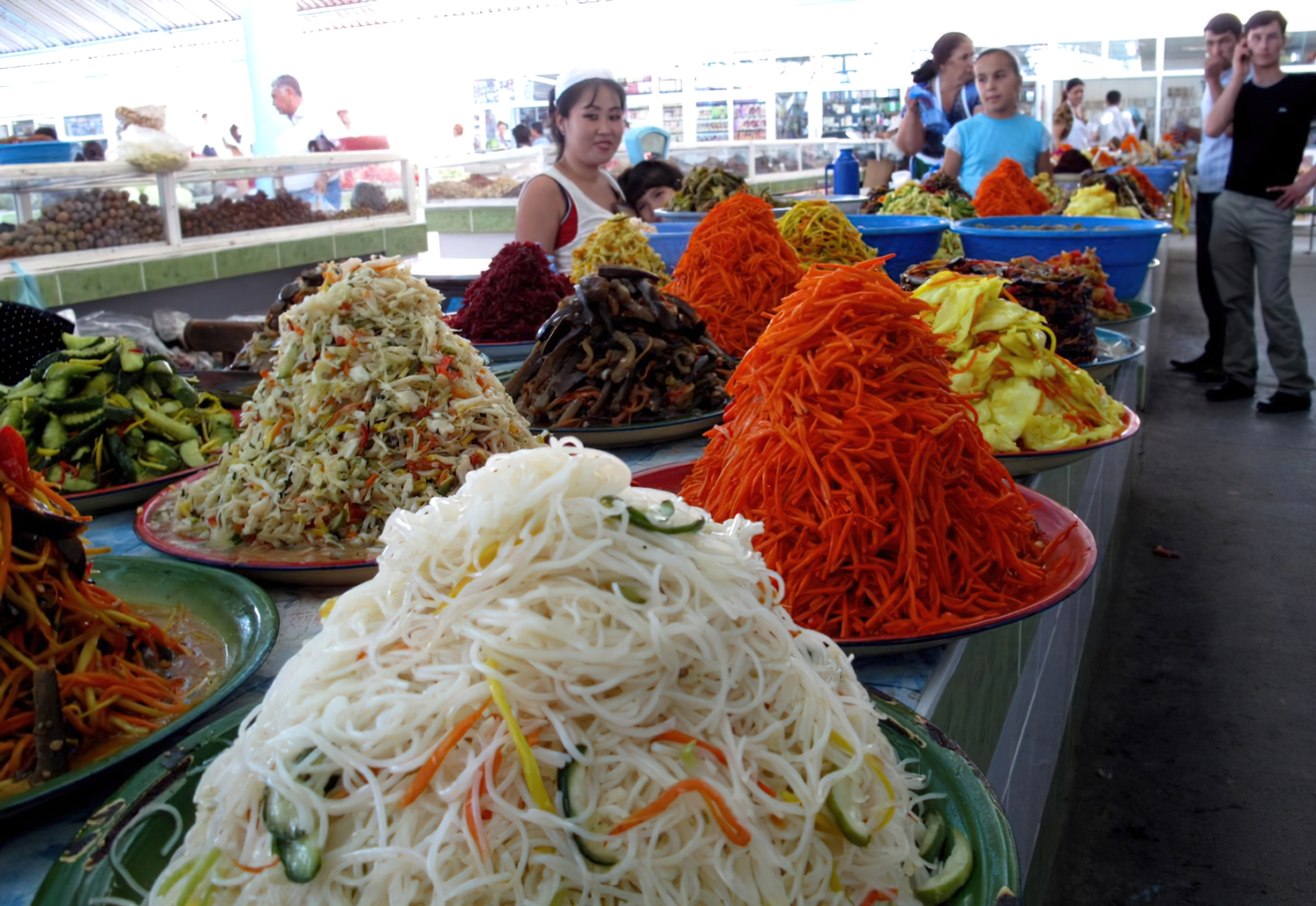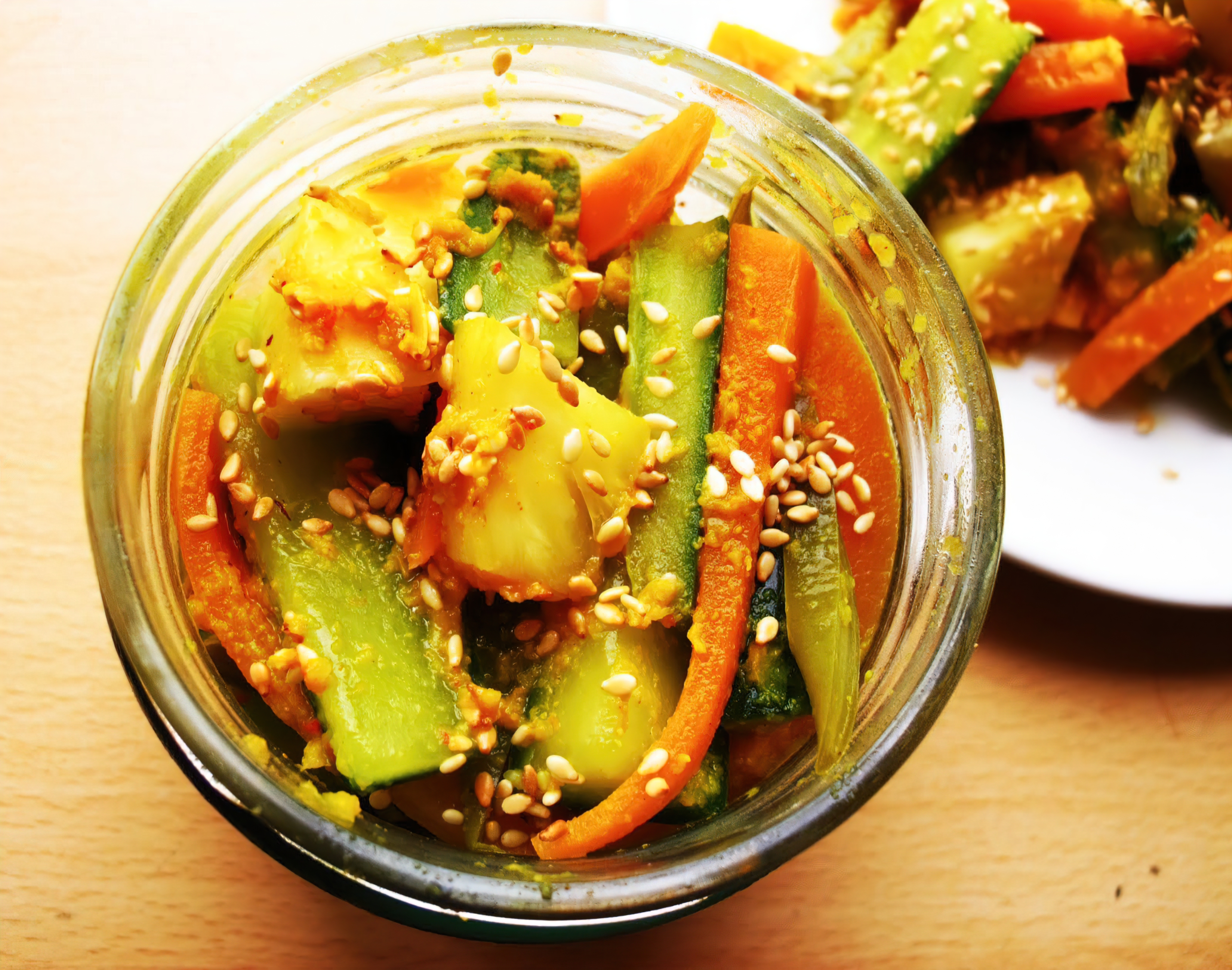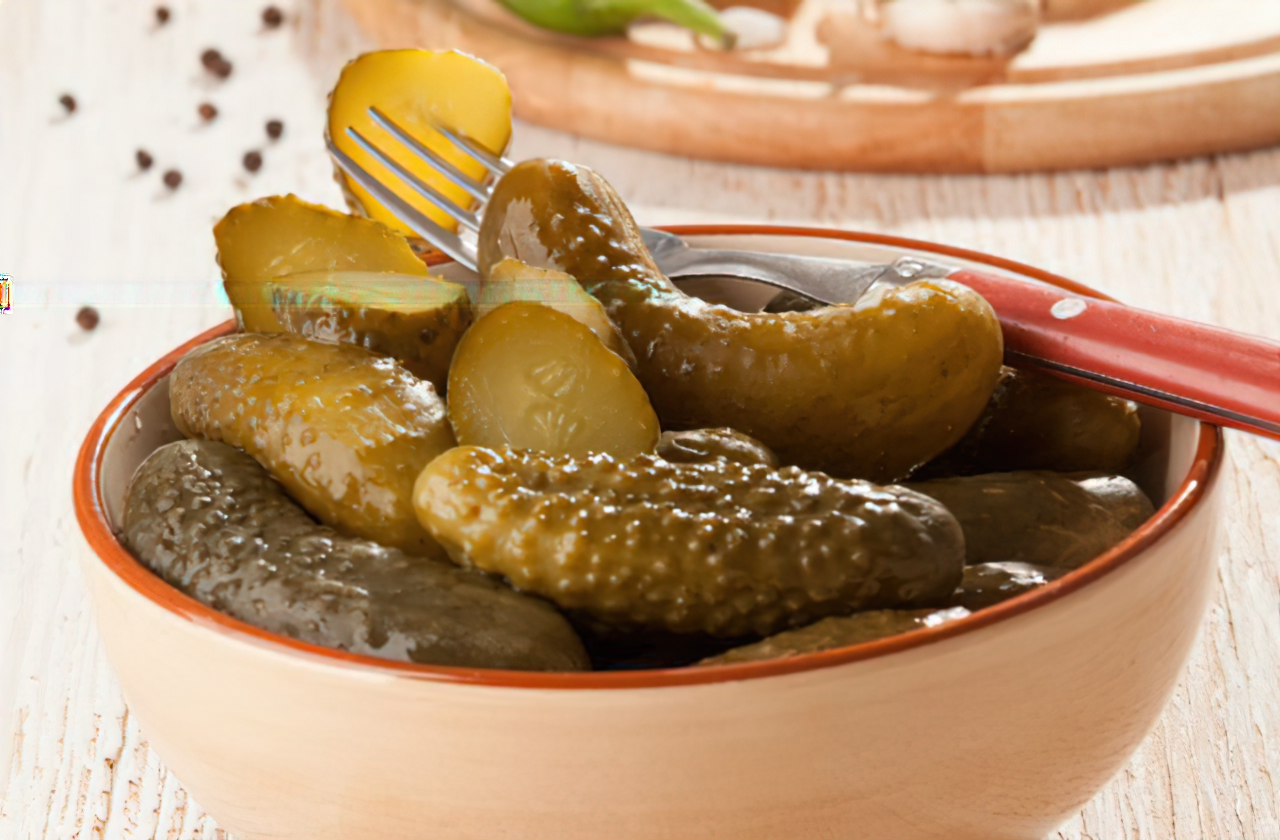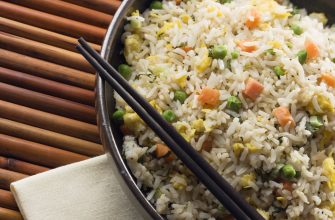The Intriguing World of Asian Pickles
Asia is a continent renowned for its vast culinary repertoire, and an integral part of this is the world of pickles. Pickles, or preserved foods, are a staple in Asian cuisines, carrying with them generations of tradition and flavor.
Preservation: A Time-Honored Tradition
The art of pickling dates back thousands of years. From India’s tangy achaar to Korea’s spicy kimchi, every Asian cuisine boasts its unique take on this age-old method. The preservation process not only extends the shelf-life of food but also enhances its flavor, providing a unique blend of taste that’s both delightful and memorable.
Pickling isn’t just about preservation. It’s a ritual, a connection to the past, and a celebration of the season’s bounty. The process involves patience and care, from selecting the freshest produce to following meticulous techniques. The result is a symphony of flavors that can elevate any meal.
The Many Faces of Asian Pickles
Across Asia, pickles take on many forms. In Japan, tsukemono can range from lightly pickled cucumbers to deeply fermented napa cabbage. China’s pickled mustard greens, suan cai, form the base of many hearty dishes. Indian achaar uses a variety of fruits and vegetables, preserved with fragrant spices.
Despite their differences, what unites these pickles is their ability to bring balance to a meal. Their tangy, often spicy flavors complement rich, heavy dishes, providing a refreshing palate cleanser.
Bringing Tradition to Your Table
Making pickles at home is a delightful journey. It’s a chance to experiment with flavors and to participate in a tradition that spans continents and generations. Start with simple recipes, like quick-pickled cucumbers or radishes. As you gain confidence, delve into the world of fermented pickles, such as kimchi or sauerkraut.
Unleashing the Health Benefits
Asian pickles are not just a delight for the palate, but they’re also packed with nutritional benefits. Fermented pickles, like kimchi and sauerkraut, are rich in probiotics — beneficial bacteria that support gut health. These pickles aid digestion and boost immunity, making them an excellent addition to a healthy diet.
Non-fermented pickles, too, are packed with vitamins and minerals from the fruits and vegetables used. The spices often used in pickling, like turmeric in Indian achaar or garlic in Korean kimchi, also bring their own set of health benefits.
Pickle Pairings: A Symphony of Flavors
Asian pickles have the power to transform a simple meal into a gourmet experience. They can be served with almost anything — mixed with steamed rice, paired with curries, used as fillings in sandwiches, or simply enjoyed on their own as a tangy snack.
The joy of pickles lies in their versatility. They can add a crunch to soft foods, a tangy contrast to sweet dishes, or a spicy kick to milder recipes. So, don’t hesitate to experiment and find your favorite pickle pairings!
Preserving Cultural Heritage Through Pickles
Lastly, Asian pickles are more than just a culinary delight. They are carriers of cultural heritage, passed down through generations. Each jar of pickles tells a story of tradition, of families gathering to prepare the season’s bounty, of ancient preservation techniques, and of the celebration of diverse, bold flavors.
The world of Asian pickles is a culinary treasure chest waiting to be explored. So, embark on this flavorful journey and discover the rich traditions, incredible flavors, and health benefits that Asian pickles offer. Happy pickling!

